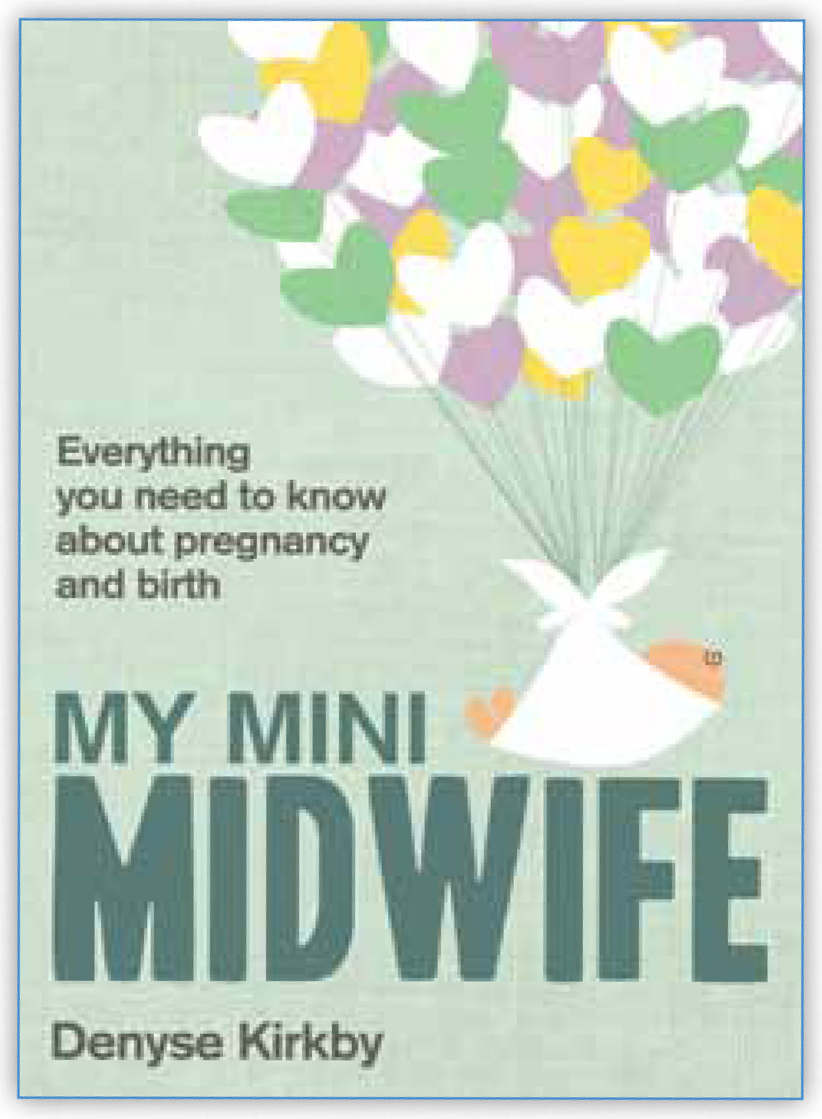Book review

This book has been written for a lay audience by Denyse Kirkby, a midwifery lecturer and public health practitioner. The book is intended as a ‘guide for mums-to-be looking for straight-up, easy-to-read answers to commonly asked questions’ during pregnancy and also for the early postnatal period. Denyse's informal, conversational style is suited to the target audience.
The book is divided into 15 short chapters, each focused on one aspect of pregnancy, birth, and the penultimate chapter, intriguingly called ‘The Postnatal Map’. There are text boxes inserted throughout the book offering additional snippets of information in the form of ‘Health Facts’, ‘Exercise Shortcuts’, ‘Did You Know?’ and ‘Be Money Wise’, which range from common-sense information about taking exercise in the form of walking, to money saving tips such as batch cooking and freezing meals ready for the early days of parenthood. Some of the boxes, however, don't seem to fit comfortably where they are placed such as a ‘Be Money Wise’ tip on home-made versus shop-bought bread at the end of the labour chapter.
Register now to continue reading
Thank you for visiting British Journal of Midwifery and reading some of our peer-reviewed resources for midwives. To read more, please register today. You’ll enjoy the following great benefits:
What's included
-
Limited access to our clinical or professional articles
-
New content and clinical newsletter updates each month

